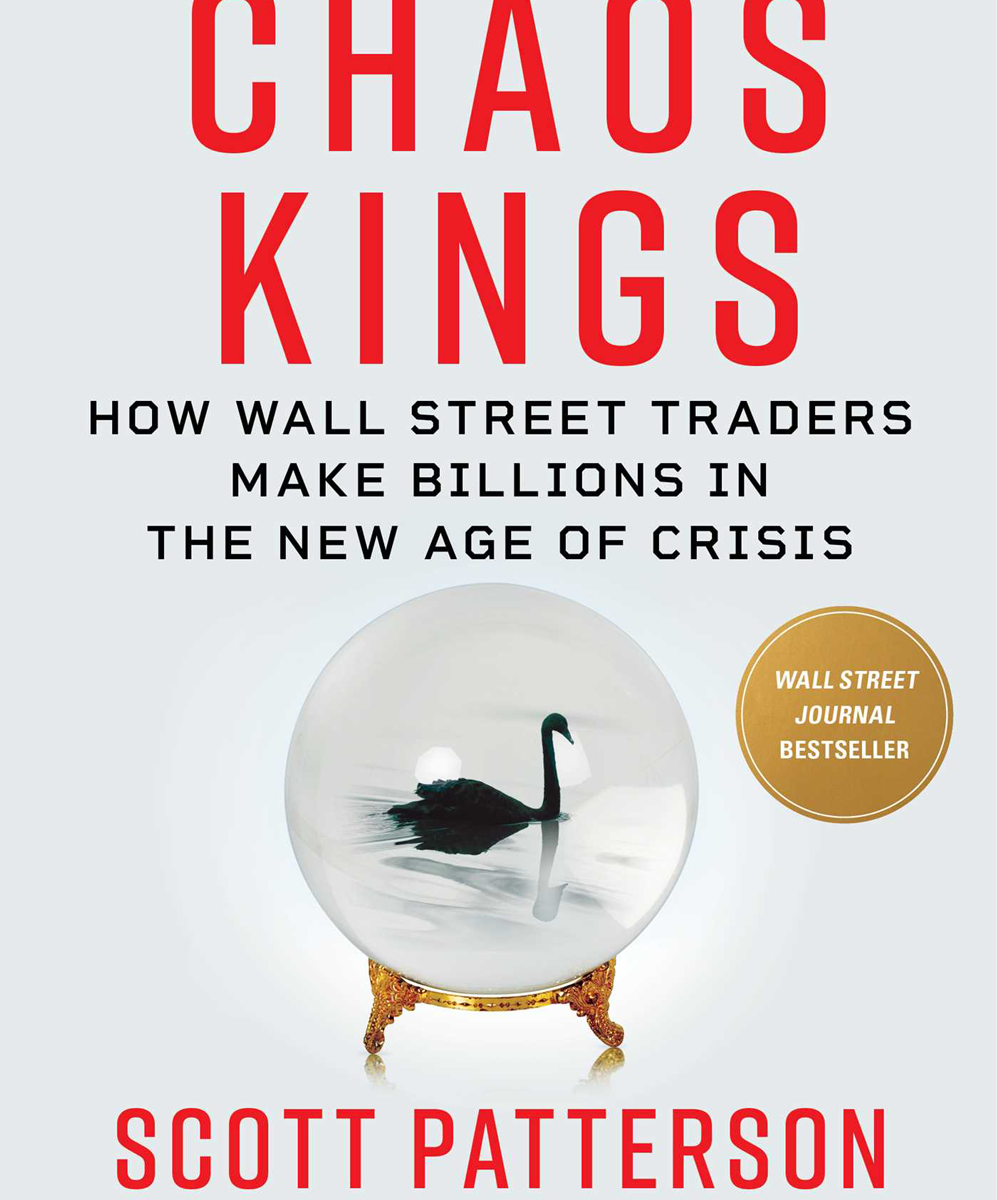
Stephen D’Arcy used inflation to open a window to the modern investing world.
D’Arcy presented “A Strategy for Property-Liability Insurers in Inflationary Times” at the 1982 CAS Annual Meeting in November. The paper was later published in the Proceedings of the Casualty Actuarial Society.
The moment was right. Overall prices were running about 5% higher than a year earlier. This was good news; the United States had suffered almost nine years of inflation exceeding 5% a year, peaking above 14% in April 1980. Insurers were looking hard for ways to predict inflation or somehow cope with it.
D’Arcy’s solution was a classic example of how actuaries find innovative solutions to seemingly intractable problems: Use modern portfolio theory to hedge away inflation risk.
The paper also recalls an era when actuaries were just beginning to consider the link between underwriting, pricing and investment income.
D’Arcy had a unique perspective. He had been an actuary in the 1970s, first at Aetna’s property-casualty division, then handling homeowners and personal auto at CUMIS (a division of CUNA Mutual, an insurer that focuses on credit unions, their members and customers). By 1981 he was studying finance as a graduate student at the University of Illinois at Urbana-Champaign.
His starkest classroom lessons in inflation came from an economics professor who had experienced German hyperinflation: A loaf of bread that cost about 160 marks at the end of 1922 cost 200 billion marks about a year later. D’Arcy recalls one classroom story: If you went to a dentist for oral surgery, you paid in advance before you were anesthetized. By the time you woke up, you couldn’t afford the surgery anymore.
America’s inflation wasn’t as dire as Germany’s had been, but it was a challenge for actuaries to forecast. In 1968, near the outset of America’s decade-plus of higher inflation, Norton E. Masterson created a claim cost index for insurance products. Masterson’s paper, “Economic Factors in Liability and Property Insurance Claim Costs,” was on the CAS syllabus for much of the 1980s.[1]
His starkest classroom lessons in inflation came from an economics professor who had experienced German hyperinflation: A loaf of bread that cost about 160 marks at the end of 1922 cost 200 billion marks about a year later
But D’Arcy’s finance studies left him with a different lesson: “You can’t forecast inflation,” he told me in August 2023. “But you can hedge it.” The tool, D’Arcy wrote, was portfolio theory.
Today, portfolio theory is part of standard finance courses, and casualty actuaries have to understand it to demonstrate proficiency in finance (most do so through Validation by Educational Experience (VEE)). This wasn’t the case when D’Arcy approached the subject.
Briefly, portfolio theory suggests that the most effective investment strategy is to diversify: Put money in lightly correlated assets. It will be a rare year where they all rise or all fall. The variance of total return will be minimized.
Harry Markowitz developed the theory in 1952, but it was still working its way into private finance. As a graduate student, D’Arcy saw how to apply the problem to insurance companies.
His approach relies on an important premise: An insurer’s underwriting profits are an asset class, akin to stocks or bonds.
D’Arcy gathered data on inflation, underwriting profit margins and investment income results for stock insurance companies. He also gathered data on returns for stocks, long-term government bonds, long-term corporate bonds and Treasury bills.
It isn’t a perfect data set. He had inflation and insurance data from 1926 to 1981, which represents only 66 data points. For much of his analysis, D’Arcy drops data before 1933 because the Great Depression caused prices to fall. “Because the concern here is for a strategy to deal with inflation,” he writes, “the deflationary period up through 1932 is not considered in developing the statistical relationships used in this model.”
Further, returns on some of the individual investments weren’t available before 1951 or after 1976.[2] That forces him to exclude the biggest spikes in inflation in 20th century America — the post-war inflation of the late 1940s, and the 1970s driven by oil embargoes and the ending of price controls imposed by President Nixon in 1971. So, he makes his calculations focusing on a 26-year period that is less volatile than the eras that preceded and followed it.
Data shortcomings might have hindered the robustness of the results; however, the approach remains sound.
Inflation and underwriting profit, he found, were negatively correlated, though the “variation in underwriting profitability that is explained by inflation … is not high, as many other factors impact insurance underwriting profitability.”
“However,” he wrote, “inflation does significantly affect underwriting profitability.”
Insurers’ investment income is also negatively correlated with inflation.
Individual investment vehicles yielded mixed results. Common stocks were negatively correlated with inflation at a statistically significant level. Long-term government and corporate bonds were not correlated at a statistically significant level with inflation.
Treasury bills were positively correlated with inflation. Of all the correlations, this is perhaps the most important for D’Arcy’s paper. To insulate yourself from inflation, he said, insurers needed to load up on Treasury bills.
With all that information, D’Arcy provided two methods for insurers to immunize themselves.
First, they could continue to underwrite as they had been, and they could apportion their investment assets as they had been — except they could put more into Treasury bills. Using the 1951-1976 data, he estimated that putting 81.8% of investable assets into Treasury bills would immunize insurers from the sting of inflation on assets and underwriting results.
This seems like a drastic solution, and D’Arcy recognized that “immunization is not costless.” The immunized portfolio was considerably less risky, so an insurer with one could expect a lower return. Over the long run, insurer operating results would be lower — 4.0% for the immunized portfolio from 1951 to 1976 versus the 5.1% the industry achieved investing as it had.
The result wasn’t particularly stable. In an update within his paper, D’Arcy recalculated results with data through 1981. He found the ideal allocation for Treasury bills fell to 42.8%, about half the previous proportion.
In D’Arcy’s second method, the insurer would adjust its entire investment outlook to minimize inflation risk, not just create a shrunken version of its previous portfolio. This version of an inflation-immunized portfolio would have 84.2% Treasury bills and 15.8% common stock. The portfolio would hold no long-term government or corporate bonds.
Today, D’Arcy says a lot of insurers were interested in the approach, but he doesn’t recall any takers. Officials at one company told him they didn’t want to sacrifice stock returns for the stable result the immunized portfolio promised. He understood and pointed out that their decision showed they had a greater risk tolerance for inflation than they thought.
If he addressed the topic today, D’Arcy told me, he’d consider a much wider range of investments. When he wrote, standardized trading of commodity futures and options had only just begun. The opportunities to hedge inflation risk are greater today.
Papers like D’Arcy’s had an important influence on pricing. Before 1980, actuaries rarely considered investment income in determining the appropriate profit margin.
“Investment!” D’Arcy told me. “We didn’t even think of that!”
The CAS’s Foundations textbook, published in 1989, provides a more nuanced history of profit margins. Well into the 1960s, most lines of business were pegged to a 5% underwriting profit.[3] The growth of liability lines — whose long tails provide more investment income — and increases in stock and bond returns post-1980 changed things, though slowly.
D’Arcy wrote most of his paper in 1981, while still a student. A year later he was on the University of Illinois faculty. He remained an important academic actuary for four decades. He is retired and living near Boston.
[1] His index lives on through the work of actuaries at WTW. The 2022 update can be found at U.S. inflation high — expect strong insurance inflation to follow — WTW (wtwco.com).
[2] D’Arcy doesn’t spell it out, but his charts indicate he lacked data on long-term corporate and long-term government bonds after 1976. This shows the challenge D’Arcy faced working in the era that he did. He couldn’t find those values, despite being a graduate student at a well-regarded finance school. Today we would in seconds find them on the internet.
[3] D’Arcy and I both recall workers’ compensation sought a skinnier, 2.5% margin as well.













